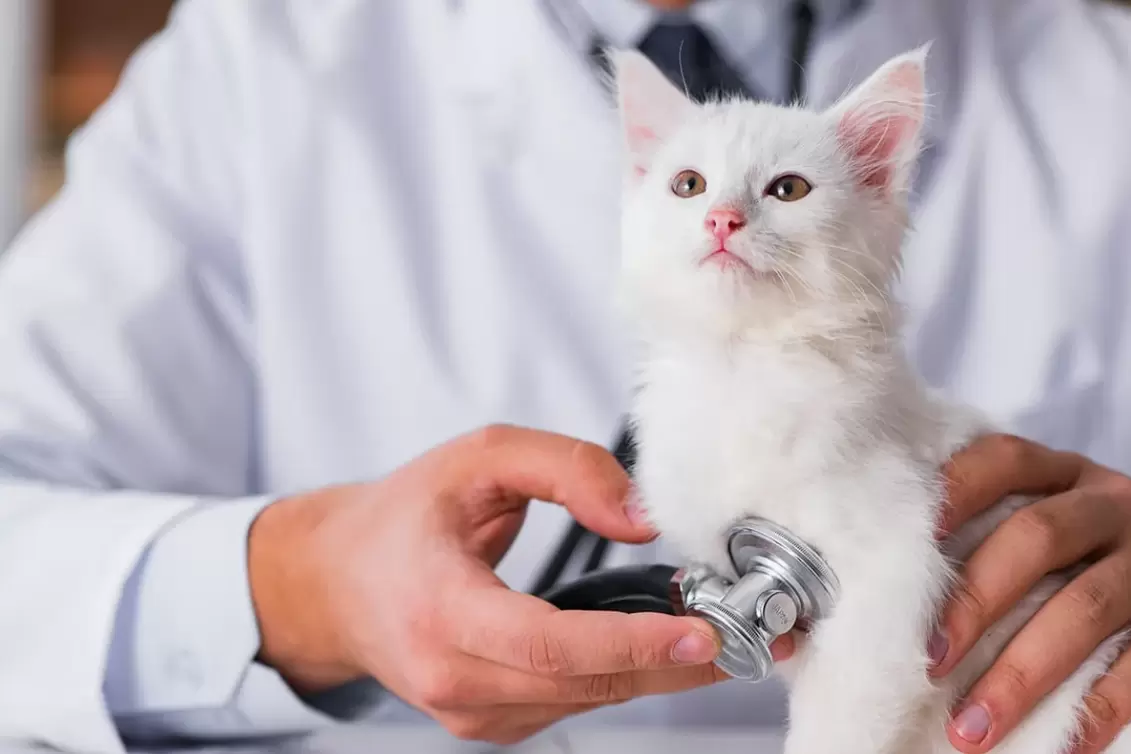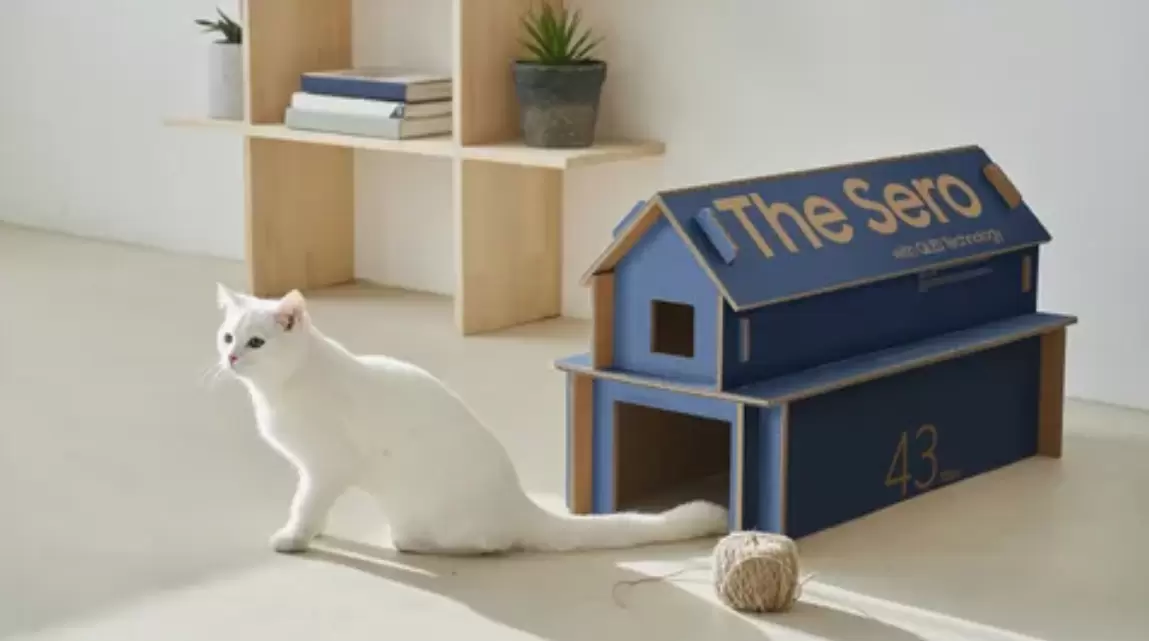Rehome a cat is a beloved furry companion can stir up difficult emotions, but done right, provides the opportunity for both pet and owner to thrive in the best environment.
This comprehensive guide will walk you through each step of rehoming Mittens or any feline friend, from evaluating the need, to preparing them smoothly for change and finding the perfect new family.
Knowing to Rehome a Cat When It’s Time for a Change:
As pet guardians, our furry family’s welfare should always come before our own attachment. However, making the decision to rehome isn’t easy. Here are some common behavioral and lifestyle scenarios where rehome a cat may be in a cat’s best interest:
Emerging Behavioral Issues of Rehome a Cat:
Behavior changes can indicate underlying stress that warrants exploring new living situations better suited to your cat’s temperament.
Subtle signs like avoiding eye contact, tail lowered or refusal of affection warrant discussion with your vet to rule out medical causes as well.
Ongoing litter box avoidance requires prompt vet exams to identify potential pain issues like urinary crystals. With behaviorists’ guidance, environmental changes can sometimes eliminate stressors triggering this undesirable habit.
However, if naturally resolving proves elusive, your cat and home’s quality of life improves through rehome a cat where accidents won’t disrupt routines or upset other family members.
Some cats prone to dominance, fear or prey drive develop target fixations towards small children or other pets as they mature. Careful, gradual counterconditioning and desensitization techniques may help in less severe cases.
But if aggression persists despite professional guidance, ensuring safety necessitates alternative living arrangements better equipped to manage any risks.
Lifestyle Changes:
Major life events inducing instability often distress even the most adaptable felines. Moving to drastically smaller spaces may curtail normal play, scratching and climbing essential for feline well being.
New tiny humans constantly pulling tails and pulling out fur while well meaning can overwhelm some cats’ tolerance threshold.
Hectic schedules leaving minimum supervised hours daily may cultivate loneliness, boredom and troublemaking borne of under stimulation.
Aging pets requiring increased TLC may fare better with adopters better positioned to dote on senior needs like assisted litter access or mobility aids. Consider how factors like these impact your furry family member’s daily contentment.
Advanced Medical Needs to Rehome a Cat:
Difficult chronic conditions sometimes necessitate extensive, expensive at home treatments beyond owners’ time or budget constraints.
Complex diets, medications administered multiple times a day or mobility limitations requiring extra hand on assistance around the clock often signify a pet’s higher quality of life potential through careful rehoming with guardians specifically equipped and willing to take such needs on.
Gain vet perspective on prognosis and likelihood of sustained stable condition with diligent at home management before deciding whether you or a new adopter family can better support ongoing medical requirements.
Your cat’s comfort should drive these important health related rehome a cat decisions.
Thoughtful reflection helps ensure rehoming serves your pet’s welfare rather than convenience or inability to cope with normal aging changes many cats experience.
With open communication, vets and rescue groups aid in sorting through feelings to determine the path prioritizing feline centered priorities.
Preparing Mittens Psychologically and Physically:
If rehome a cat proves the compassionate choice, cats gradually adjust rather than suddenly displaced into new surroundings adjust most smoothly.
Discussing with confidence your vet ensures a monitored transition. Here are some proven strategies:
Start Slowly Removing Your Scent and Routine:
Over 2-4 weeks minimum, gradually shift food, water, scratch posts and toys into a separate “neutral” room your cat doesn’t strongly associate with you.
Clean litter daily with an unscented cleaner in this room as well to help establish it as the new neutral space.
Spend Quality Bonding Time Daily:
Cats want and need our affection, so dedicate extra play sessions, brushing, and one on one time with your cat.
Hand Feeding special treats your cat favors helps strengthen the human feline bond while also mimicking how new guardians will interact. Your positive presence eases anxiety as the big change approaches.
Consider Short Term Calming Supplements:
Some cats benefit from short acting herbal calming supplements under vet guidance if excessively restless, reluctant to eat or showing other stress signs. Only use for a few weeks MAXIMUM at lowest effective dose as needed.
Keep Medical Records Handy:
New guardians cannot properly care for your cat without understanding medical history like vaccines, chronic issues treated, surgeries, allergies or fears. Include discharge instructions for any recent visits as a courtesy.
Spay/Neuter Prior to Transition:
Most shelters/rescues require this of adoptable pets. Besides population control, it reduces undesirable behaviors like territorial urination and fighting common in unaltered cats adapting to changes.
Gradually Introduce Carrier:
Associate carrier with treats, rest and your calming presence over one to two weeks. On adoption day, familiarity with it as a tranquil place eases vet office introduction stress for all.
With loving care, thorough preparation equips you and your feline friend for the new start ahead. While understandably emotional, focusing on the cat’s future happiness helps in finding a perfect match through a compassionate rehome a cat process.
Creating an Adoption Profile:
Now the hard work of finding your cat’s ideal next home begins! Crafting an informative bio showcasing positive traits captivates potential adopters. Here’s what to include:
Clear Photographs: Well lit pictures displaying your cat’s expression and personality give a glimpse into what adopting them entails. Capture attention by emphasizing charm through angles flattering to their figure.
Summary Paragraph: Briefly introduce your cat, outline any known likes/dislikes, and state why rehome a cat occurred (avoid negativity or accusations about former living situations that may deter interest).
Detailed Traits Section: Highlight engaging qualities through descriptions of personality, energy level, compatibility with children/other pets. Note likes such as toys, treats, and being held. Disclose any medical conditions or behaviors requiring further explanation with a positive spin.
About You Section: Include what drew you to your cat initially and what brings you to rehome a cat to give potential adopters insight into your companion’s character from your caring perspective.
Contact Details: Inquire by phone, text or email only so applicants lacking serious intentions need not directly engage. Require photo ID for safety as well as any home visits.
Post this compelling story of your feline friend’s wonderful attributes to websites like Pathfinder, local shelters or Facebook groups. Monitor messages daily and quickly weed unserious candidates to best protect your pet during transition. With persistence, the perfect match emerges.
Interviewing Prospective Guardians:
Safety and suitability reign utmost in finding your feline’s future home. Thorough screening allows evaluating intangibles not conveyed through written applications alone. Here are some guided questions helping assess:
Home Environment: Where will cats spend most time, are other pets/children present, litter access preferred location?
Lifestyle Factors: Work schedule consistency, vacations/extended trips/move planned next year, renting/own home situation and landlord approval.
Care Commitment: Preventatives like flea/tick topical applied, who will be veterinarian, willingness to provide medical/dental care, cost of special diets addressed if needed in future?
Motivation for Adopting: Research indicates cats bonded to a single individual fare best. Assess each applicant’s understanding of cat care requirements and reasons for adopting now.
Adoption Agreement: Discuss commitment to your cat’s long term well being including what constitutes changes necessitating rehome a cat again through a formal agreement. Require references from former/current veterinarians.
Meet candidates in person if possible to informally observe their home environment and interaction with your cat. With care, patience and prudence, you can rest assured finding the forever situation deserving of your furry family member.
Easing the Transition to Rehome a Cat:
These final steps allow your beloved pet’s incorporation into a new loving home with minimal stress:
Gradual Introduction: Meeting in neutral territory like a quiet room at the vet’s office prevents territorial conflicts or anxiety over changes. Swapping scents through blanket exchange for dogs or litter for cats lessens unease.
Support Through the Move: Having you present, at least initially, with your calming energy reassures your pet as they grow accustomed to new people, homes and schedules daily until settling occurs.
Follow Up Communication: While the break allows healing for all, keeping in touch through the adjustment time frame puts your mind at ease and aids seamless assimilation into new lives. Request photos too!
Continue Spay or Neuter Commitment: Provide low cost resources for unaltered pets after 6 months in a new home to ensure no future litters or escapes from the yard.
Frequently Asked Questions (FAQs):
Q: Do cats do well when rehomed?
A: getting used to a new home and new people might take time.
Q: How do I rehome a cat quickly near me?
A: finding your nearest Cats Protection branch.
Q: What is the best age to rehome a cat?
A: at least eight weeks of age.
Q: Do cats get stressed when rehomed?
A: Change is stressful for cats, even if it’s a good change.
Q: Do cats cry when rehomed?
A: Cats meow continuously when trying to settle into a new environment.
Conclusion:
Rehoming a beloved pet is never an easy decision, but with compassion and care, both furry friend and owner can find an even better fit for their lives.
This comprehensive guide aims to walk guardians through evaluating signs it’s time for change, preparing cats smoothly through the transition, and carefully selecting the perfect new adoptive family through diligent screening.
With professional guidance, gradual adjustment periods and open communication, even the most timid tabby or lovable longhair transitions into their new blissful home.
With focus on the animal’s whole wellbeing and needs above temporary emotions, rehoming serves as an selfless act of love for all involved parties.

Rupert Boneham has been a prominent and celebrated blog writer since 2013, earning a reputation as one of the most renowned voices in the industry. With his exceptional ability to deliver engaging and insightful content, Rupert has captured the attention of a diverse audience, consistently standing out for his innovative and impactful writing. His deep knowledge and unique perspective have solidified his status as a leading figure in the blogging world, where his work continues to inspire and resonate with readers around the globe.


